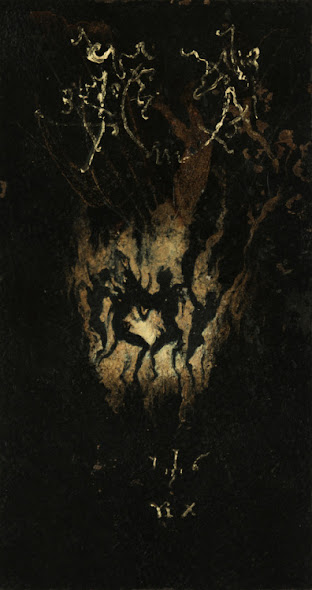The Haunting of Girlstown, or Villa de las Ninas, a strict Catholic girls' boarding school in Mexico struck by an epidemic of hysterical afflictions. Fascinating account by David Hernandez.
Insteresting little essay by Juliet Lamb about a major 1960s project on Pacific seabirds that was somehow connected to Cold War military science.
Interesting NY Times article on five small businesses that have thrived during the pandemic; one saw sales rise 4,000%.
Reforesting Iceland, which has gone from hardly any trees a century ago to having a viable lumber industry: 5-minute video, article.
Review of a book about the "demons" who appear in thought experiments across the history of science: Maxwell's Demon, etc. (Washington Post)
NY Times article on John Conway's Game of Life, a simple cellular automata program that has fascinated mathematicians and others since it was first introduced 50 years ago.
Ted Gioia's 100 Best Albums of 2020. Consider making a resolution to hear lots of new music this year; I did last year and it went very well for me. Or maybe resolve to rehear all the old songs you once loved but haven't heard in ages. But keep music in your life.
Andrew Sullivan reviews a new book on the conservative tradition (NY Times)
The forgotten pandemic and recession of 1957.
Short piece on Alfred Ely Beach's plan for a pneumatic subway in New York, unveiled in 1867. And more at wikipedia. Since I never saw "Ghostbusters II" (who did?), I didn't know a fantasy version Beach's tunnel appears in the movie.
Interview with Dana Goia about the importance of Ray Bradbury, and science fiction generally, in US literary and pop culture. Of the 50 top-grossing movies before 1950, only one was sci-fi or fantasy; since then the figure is 47, or 94%. Goia thinks Bradbury created a new form of speculative fiction that helped drive this change.
Dry but informative article on why corporate diversity training doesn't work, with some thoughts on how to make it better.
In corporate America, the phrase of the year is "you're on mute."
A different take on why so many Germans supported Hitler: greed.
Drawings and reconstructions of Byzantine architecture by Antoine Helbert.
Great NY Times piece by Nancy Warnik about Walter Tevis, the novelist behind The Queen's Gambit, The Hustler, and The Man who Fell to Earth:
In a 1981 interview, Tevis said he’d realized in middle age that “life is worth living.” He hoped to write one book per year for the rest of his life. Just three years later, he died of lung cancer, at 56.























































